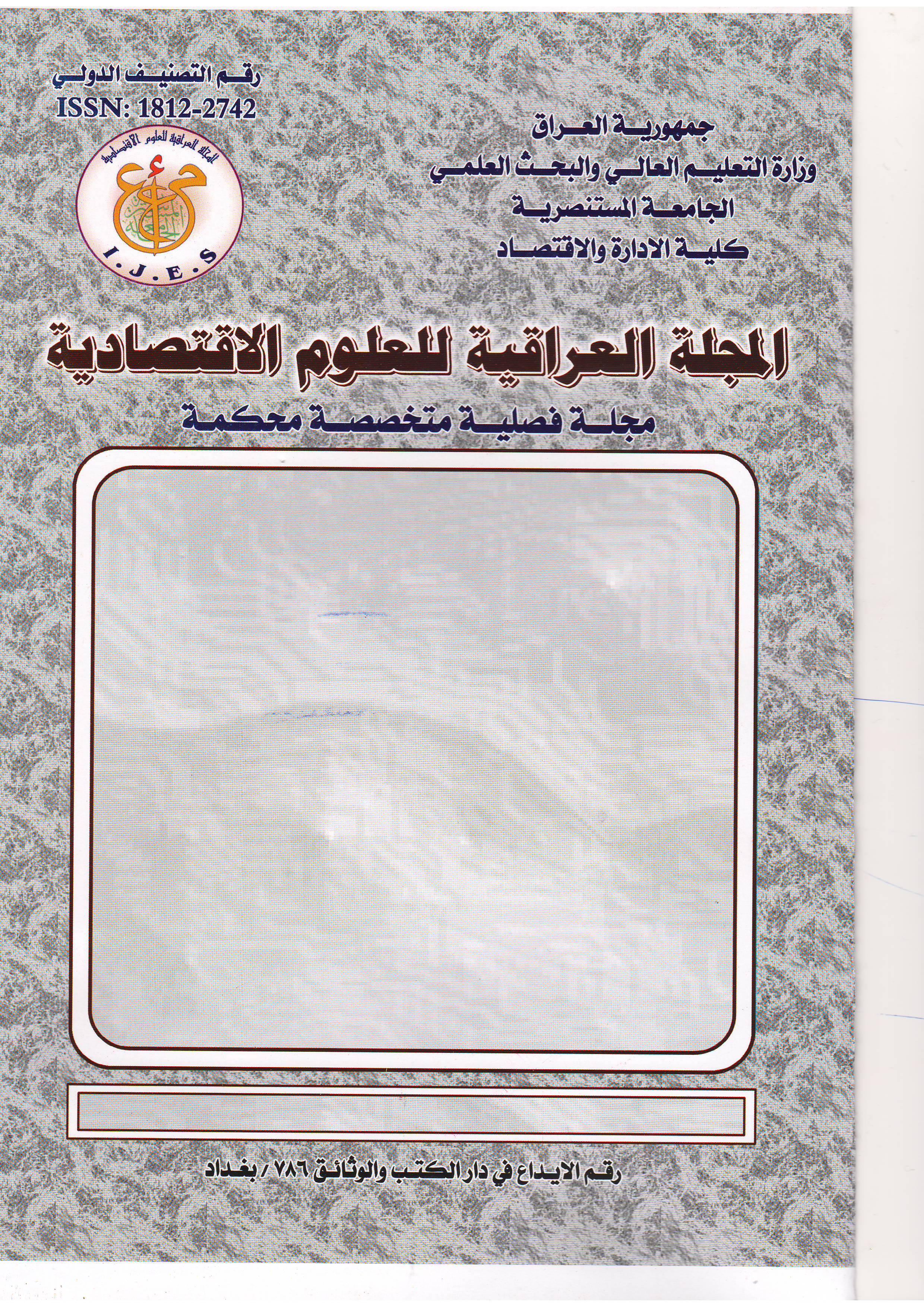دراسة الجدوى الأقتصادية لمشروع المجمع السياحي على بحيرة السد العظيم في العراق*
الملخص
This research stems from the importance of tourism which is one of the largest income-generating industries in the world. Thus, many countries, whether developed or developing, have highlighted this activity and the Investment of its natural and human potentials. In view of the big tourist possibilities enjoyed by Iraq in various types of tourism -recreational, cultural, religious, and environmental and heritage, the research focuses on the idea of the importance of preparing feasibility studies when investing in any tourism project in order to identify the project’s economic, technical and financial potentials. Determining the feasibility of the project, in carrying it out or not, helps investors to avoid the future risks the project may face.The Research has focused in its applied part on the preparation of data tables for the various technical, economic and financial aspects of the tourist complex which is proposed to be established on the Lake of Great Dam. The establishment of a tourism project at this level has a lot of returns, such as the creation of an entertainment tourist place, providing many jobs, and yielding foreign currency income ( in the case it is visited by foreign tourists ) as well as developing the area economically and socially. A complete economic feasible study has been achieved using the commercial, financial, and economic standards in studying the idea of investment, project components, the economic study, the detailed technical and financial study for the project in order to determine the project‘s potentials and its future economic feasibility. As a result, most of the economic study indicators have shown the non-economic feasibility of the proposed tourism project in spite of its enjoyment of good tourist elements in terms of its large artificial lake, and its geographical location between four provinces, namely: Baghdad, Diyala, Salah Aldin and Kirkuk. The study has shown the increase of the capital costs of the project, which resulted from the surge in prices of construction materials and labor wages, according to the prices in 2005, and the increase of break-even point and length of payback period. On the other hand, the indicators of the rate of return on investment, present net value and internal rate of return have shown non-financial profit of the project, even though it yields some economic returns. Bbesides, the sensitivity analysis was an indication not in favor of the project, either, if future risks would happen. Finally, the study recommends the need to review the components of the project, to make it more attractive to tourists, especially for inbound tourism, through the diversification of tourism activities in the project and not to repeat the same type of traditional tourist centers. It is also necessary to review the costs and the current prices for the project when economic, political, and security conditions improve in Iraq, to make the project both financially and economically profitable.






